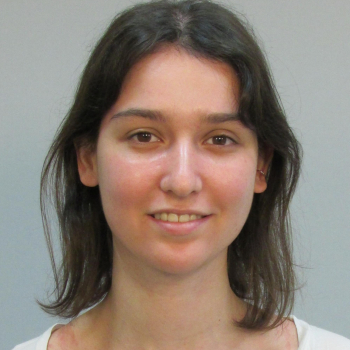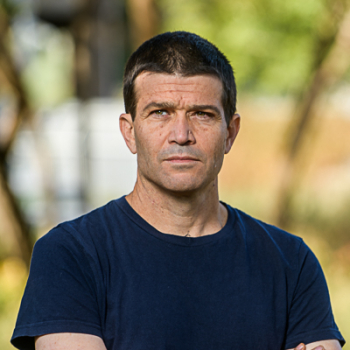About the Project
Understanding cell arrangements in early embryonic development paves the way for an AI model that can predict cellular activity in larger, more complex organisms.
Gastrulation, a fundamental stage in embryonic development, begins with a mass of similar cells in a symmetrical structure. Through a series of divisions and cellular state transitions the cells take on the shape and structure of distinct tissues and organs. By comprehensively capturing the cellular behaviors underlying gastrulation, AI models can be harnessed to predict cellular behaviors such as division, migration, and specification on the way to tissue formation. This is the focus of a collaborative research project currently underway at the Weizmann Institute AI Hub.
The research team uses data from a combination of high-resolution 3D imaging techniques that capture whole mouse embryos during the early developmental stages. They aim to develop image-based AI models that decipher the intricate processes of embryonic development.
A unique characteristic of early embryonic development is it the rapid transition from simple pluripotent mass of cells to a detailed blueprint of the body plan. At these stages, when the embryo consists of merely a few thousand cells, a complex interplay among these “elementary particles of life” give rise to remarkable complexity in a short time period. Most importantly, the process repeats itself over and over in each new embryo. Cutting edge technologies for imaging this microscopic process in 3D, as well as molecular tools that allows acquisition and profiling of the participating cells are recently changing the way by which embryonic development is understood. Once we understand it better, researchers can use models for embryonic development to interrogate disease or to develop methods for cell and tissue engineering.
A first task that is being tackled by the team is the inference of the detailed 3D dynamics of the developing mouse embryo from partial and noisy microscopy images and videos. Starting from AI techniques that were originally developed for general image and video analysis, the researchers are finding new ways by which biological considerations can be fused into the model. The goal is then to infer the true interplay among cells during development from blurry and sometime incomprehensible images. The next steps open multitude of opportunities for integrating unique data collected by Weizmann labs on top of the AI-derived model. Furthermore, this work will have implications for understanding cellular dynamics in larger organisms (such as humans) and for understand how such development goes wrong in disease.



